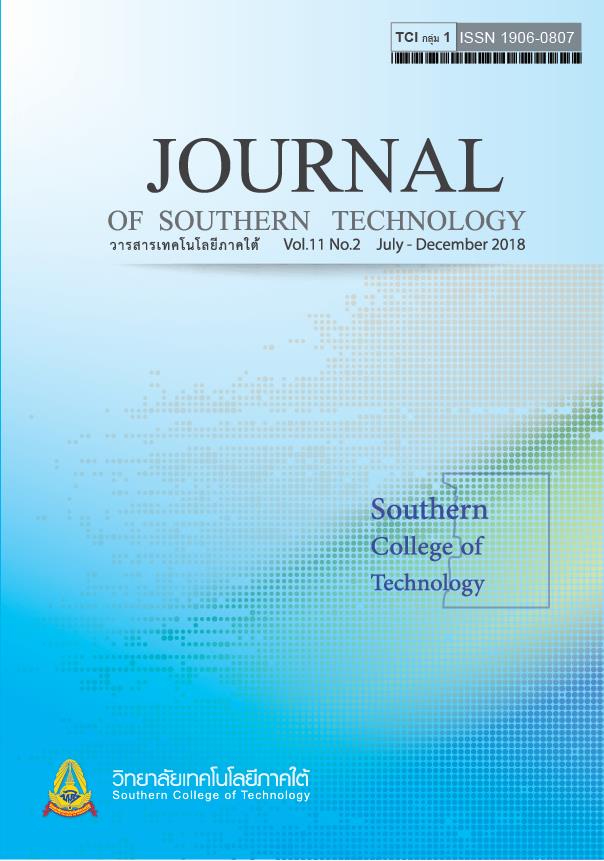Buddhism Good Governance: A Case Study of Local Administrative Organizations in Thailand
Main Article Content
Abstract
The objectives of this study are to study the characteristics, models and management of good governance, integration of management models in local administrative organizations in Thailand from Buddhist perspective. The study employs a qualitative approach by exploring real phenomena from different dimensions in order to understand them deeply. Leaders and committee from four communities and organizations were considered as population of the study namely: Mai Riang community, Chawang, Nakhon Si Thammarat; Santi Asok Community, Bang Kapi, Bangkok; Khlong Pia community, Chana, Songkhla; and Prik community, Sadao, Songkhla. Semi-structued interview questions and an observation form were used as the research instrument. Data were analysed according to the language use by the participants and their implied meanings.
Results show that good governance from Buddhist perspective in local administrative organizations in Thailand consists of 6 elements. They are (1) the teachings of Lord Buddha about Rajadhamma 10 (virtues of a ruler or duties of the king), Sangahavatthu 4 (bases of social solidarity or virtues making for group integration and leadership), 4 holy abidings (sublime states of mind) and Iddhipada 4 (path of accomplishment or basis for success); (2) moral and ethical administrators; (3) emphasis on sufficiency and satisfaction; (4) There is a suitable tradition with local wisdom; (5) adoption of the philosophy of Sufficiency Economy in daily life; and (6) local participation. It is also found that models of good governance are related to 1) leadership skills of executives, 2) ways of life, values and beliefs within the organization, 3) social solidarity is promoted and 4) the application of sufficiency principle put a focus on activities to create incomes and cut down expenses in the households and communities, and to train new occupational skills. A process for the integration of good governance models comprises many steps as follows: (1) formulating administrative and management strategies with an emphasis on cultivating favorable values. (2) Integrating Buddhism teachings with good governance in order to apply to the organizations in terms of forms. (3) Regulating administrative methods and providing training to develop organizations, and (4) launching favorable administration for the benefits of organizations and people, such administration must be participative style, efficient, transparent and verifiable.
Article Details
-
Authors must agree to the journal publication rules and allow the editors to edit the manuscripts for publication.
-
Author’s right belongs to the author but Journal of Southern Technology holds the right of first publication and thus allow readers to use the article for the purpose of education but not commercial.
References
Makkaraj, S. (2013). A comparative Study of Administration Applying Buddhism and ~Good Governance. M. A. Thesis (Buddhist Studies), Mahachulalongkornrajavidyalaya University. Bangkok. [in Thai]
Nakata, T. (2000). Buddhism & Thai Society. (2nd ed). Bangkok: Sahaiblog & Printing Part., Ltd.
[in Thai]
Phra Thepwaytee, Payututo, P. (1992). Buddhism as the Foundation of Science. Chiang Mai: Faculty of Science, Chiang Mai University. [in Thai]
Pothisita, C. (2005). Science and Arts of Qualitative Research (4th ed.). Bangkok: Amarin Printing and Publishing.
[in Thai]
The Secretariat of the Cabinet. (2014). The Structure and Organization Chart of the Secretariat of the Cabinet. The Structure Chart of Officer Rate in the Secretariat of the Cabinet. [in Thai]

